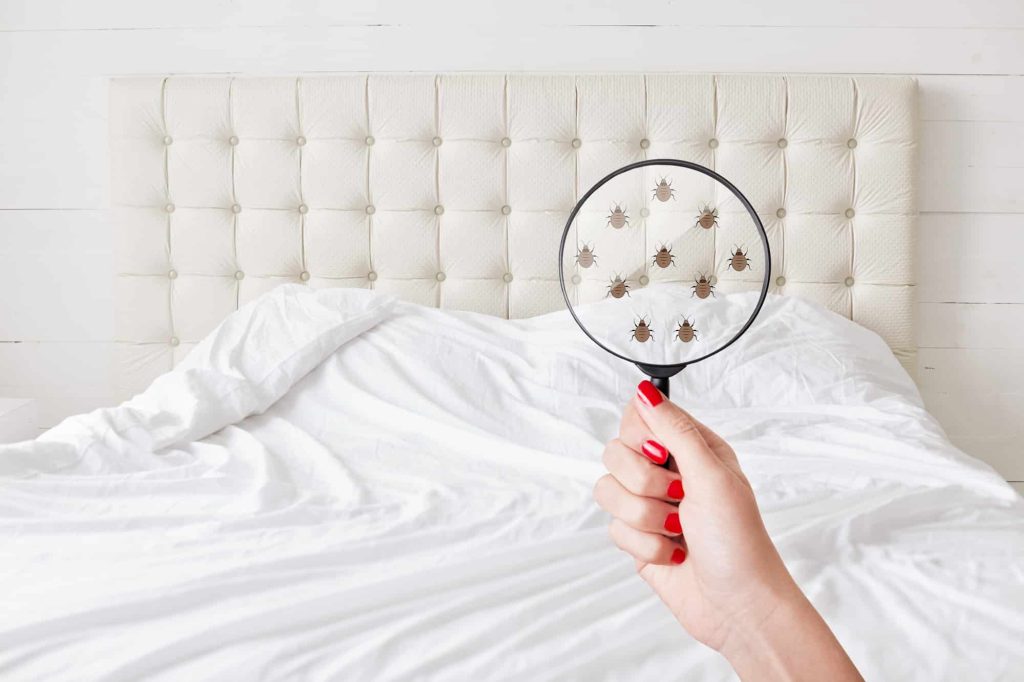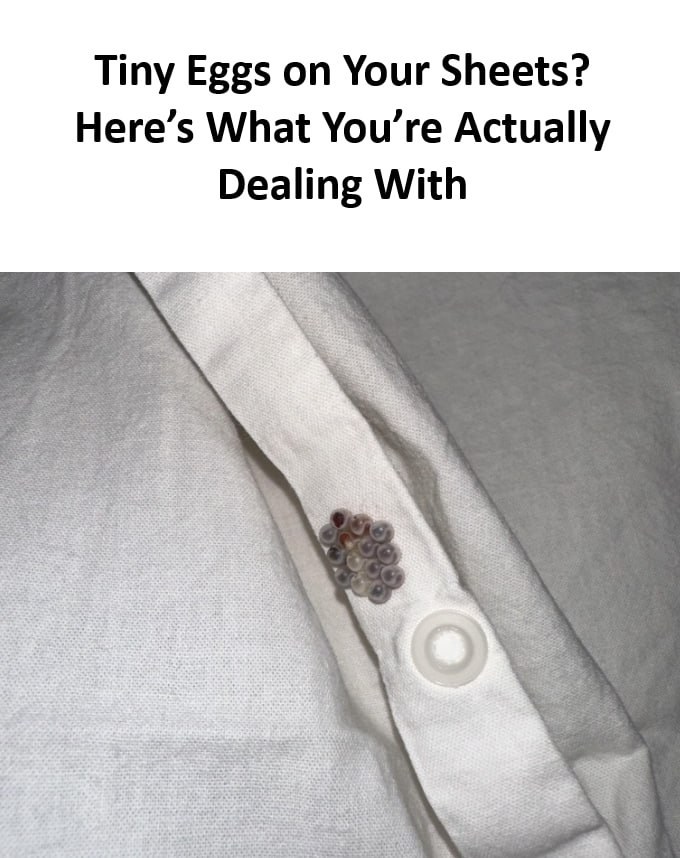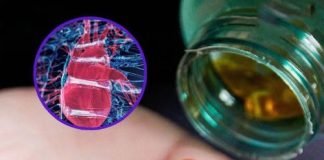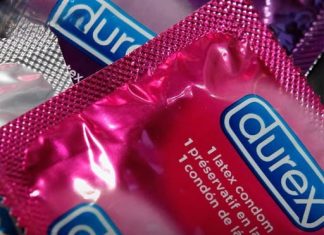Finding small eggs or tiny specks on your bed sheets can be alarming. Many people immediately worry about bedbugs or other pests. While this can be a sign of an infestation, it’s important to identify exactly what you’re dealing with before taking action. Not all tiny eggs are harmful, and knowing the difference helps prevent unnecessary panic.
Common Causes
Tiny eggs on sheets usually come from insects or mites, but they can also be leftover debris from pets or the environment. Bedbugs are the most concerning possibility. Female bedbugs lay small, white, oval eggs that are about the size of a pinhead. They often stick to fabric seams, mattress folds, or behind headboards. Other pests, like dust mites, may leave tiny particles that resemble eggs but are harmless. Pet insects or pollen can also appear as small specks on bedding.

Identifying Bedbug Eggs
Bedbug eggs are tiny, usually 1 millimeter long, and have a white, translucent appearance. They are sticky, which helps them adhere to fabric and other surfaces. Bedbugs tend to hide in dark, tight areas, so if you see eggs on sheets, it may indicate that adult bugs are nearby. Other signs of bedbugs include small reddish-brown spots from bites, molted skins, and tiny dark droppings. Early identification is key to managing an infestation before it spreads.
Safe Inspection Methods
When checking sheets and mattresses, use good lighting and a magnifying glass if available. Inspect seams, corners, and folds carefully. Avoid shaking the bedding too vigorously, as this can scatter eggs or adult bugs and make the problem harder to control. It’s also wise to check nearby furniture, baseboards, and carpets, as bedbugs and other insects rarely stay in one place. A thorough inspection helps determine whether the eggs are a pest issue or something harmless like dust or fabric debris.
Cleaning and Prevention
Even if the tiny eggs are harmless, regular washing and vacuuming is important for maintaining clean bedding. Wash sheets, pillowcases, and blankets in hot water, then dry them on the highest safe heat setting. Vacuum mattresses, carpets, and surrounding areas frequently. Using protective covers on mattresses and pillows can help prevent pests from laying eggs on bedding. Additionally, reducing clutter near the bed decreases hiding places for insects.
When to Call a Professional
If you identify bedbug eggs or other signs of infestation, it’s best to contact a professional pest control service. Bedbugs reproduce quickly, and DIY solutions may not eliminate them completely. Professional treatment ensures that the infestation is managed safely and thoroughly. Even a few eggs can lead to a full-blown problem if left untreated, so acting early is critical.
Maintaining a Healthy Sleep Environment
Preventing issues starts with keeping your bedroom clean and organized. Regular laundering of bedding, routine vacuuming, and minimizing clutter help create a safe environment. If you have pets, check their bedding as well, as fleas or mites can sometimes transfer to human bedding. Maintaining awareness and taking preventive steps keeps your sleep space comfortable and pest-free.

Conclusion
Discovering tiny eggs on your sheets can be unsettling, but proper identification and action are essential. Some eggs are harmless, while others, like those of bedbugs, require immediate attention. By inspecting bedding carefully, cleaning thoroughly, and seeking professional help when necessary, you can protect your home and sleep environment. Awareness, cleanliness, and early intervention are the keys to preventing pests from affecting your comfort and health.

















